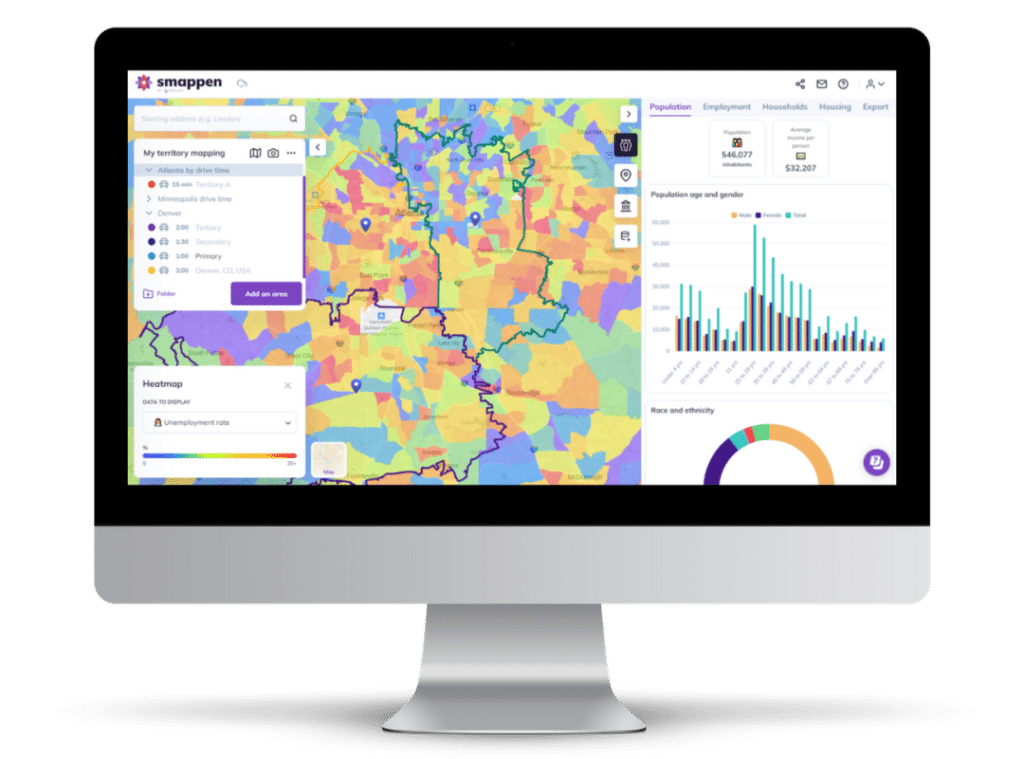Points of interest
Ever played an open-world video game? What about geocaching? These are just two types of hobbies where players seek out points of interest on a map to explore and discover what they’re all about. But points of interest aren’t just for hobbyists. In fact, they’re so prevalent in the tech and logistical world that you’ve definitely used them without realizing it. Ever used Google Maps to find a restaurant? Then you’ve used points of interest.
Let’s dive into points of interest, how they’re turned into useful data, and how they’re used for a lot more than just markers on Google Maps.

Read our best articles on points of interest

Points of Interest: A Comprehensive Guide to Utilizing and Maximizing Their Value
Points of interest (POIs) are more than just map markers. Discover how they drive navigation, business strategies, and everyday decisions.
Smappen’s Guide to OOH Advertising
Out-of-home advertising — OOH — refers to any advertising that a customer might run into outside of their home.
4 POI Databases You Can Pull From For Your Projects
Read on to learn more about points of interest, POI databases, and which database you should be using for your project.
5 Ways You Can Use Points of Interest
Point of interest data isn’t just for travelers. Learn how businesses can leverage this valuable resource to refine market research.
Start using smappen now

